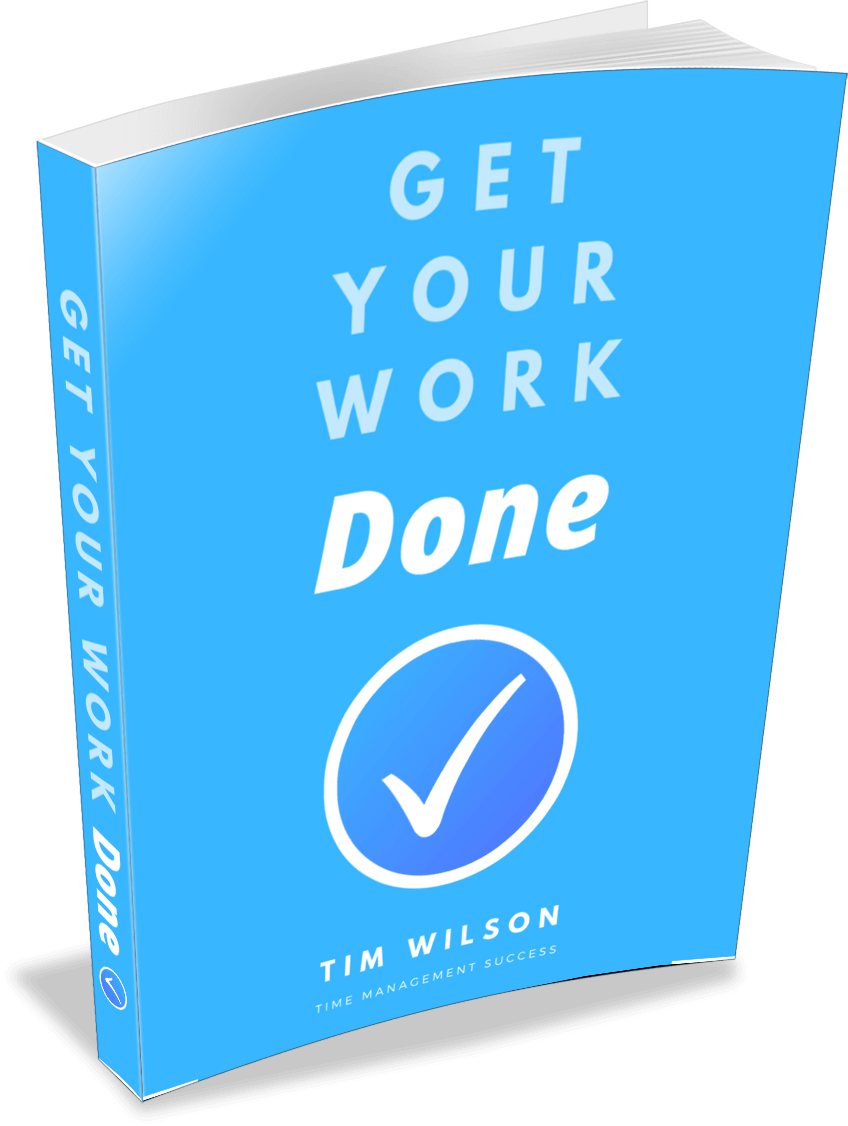How to Run a Meeting that People Actually Value

Plenty of people run meetings; but how many do you know that do it well?
Productive meetings are time efficient, cost effective and worth the effort; but to achieve that they need to be properly planned and executed. Have you planned? Knowing how to run a meeting that wins ‘hearts and minds’ is your next step.
A meeting should have three objectives, each within the context of engaged participants -- people must feel the meeting matters and that their opinions are valued.
The success of the meeting depends on getting these three things right.
How to Run a Meeting that Matters
Use an agenda. If there are rules for running a meeting, this should be one of them. It's an absolute must-do. An agenda keeps the meeting focused, on time and active. It needs to specify:
Start on time. People judge you on this. You may not realize it - they may not even realize it - but they do. Acknowledge latecomers positively. You’re being nice, but you’re drawing attention to them, inviting an explanation. If you are late, do mention it and do apologize – people appreciate that.
Set the tone. The first minute of a meeting sets the mindset of people. Motivate them, but not at the expense of seeming fake. Warmth and welcome are better than trying to be funny, unless you know what you’re doing. This is also the time to ask people to switch off their phones!
Tie up loose ends. Any unfinished business? Deal with it first, then you can focus on the decisions to make today.
Keep to the agenda. People get sidetracked easily, and it’s not their job to fix that, it’s yours. Use a meeting timer to limit discussion on each item on the agenda.
Keep it simple. Technology that fails is a pain if it affects you, but it’s a disaster if affects your meeting. Bottom line? Limit it. In fact, use as little as possible.
Aim for 100% involvement. Whether it’s two people or 200, encourage everyone to engage. They don’t all have to speak – written contributions suit some people. Be careful not to allow the minority who speak most to dominate. They will if you let them.
Have minutes taken. Meeting minutes are essential. Everyone needs a record of agreed actions and r responsibilities. Delegate work tasks like this so you can concentrate on running the meeting.
Agree outcomes. A meeting needs to produce plans. Who will do what, by when? Regulate them to ensure they are SMART (specific, measurable, achievable, relevant and time related). Record them to ensure accountability.
Clarify clarity. Make sure that everyone knows the agreed outcomes. Give people a chance to ask if they’re not sure. Time spent now is time well spent.
Expect the unexpected. Any other business? Allow time for ‘AoB’ towards the end. It’s easy to push this out. Make every effort not to. Why? Because people think more during meetings than before them. Thoughts occur that could well add value. AoB time allows for this.
Finish on time. Again, your reputation is at stake here. Are those extra minutes worth people’s lost goodwill? Every minute over time is noticed and noted.
* * *
Don’t concern yourself with getting every aspect right first time. Sure, it takes practice; but you now know how to run a meeting that will be better than the vast majority that people go to.
What do you think makes for a well run meeting?
- Home ›
- Effective Meetings ›
- How to Run a Meeting

